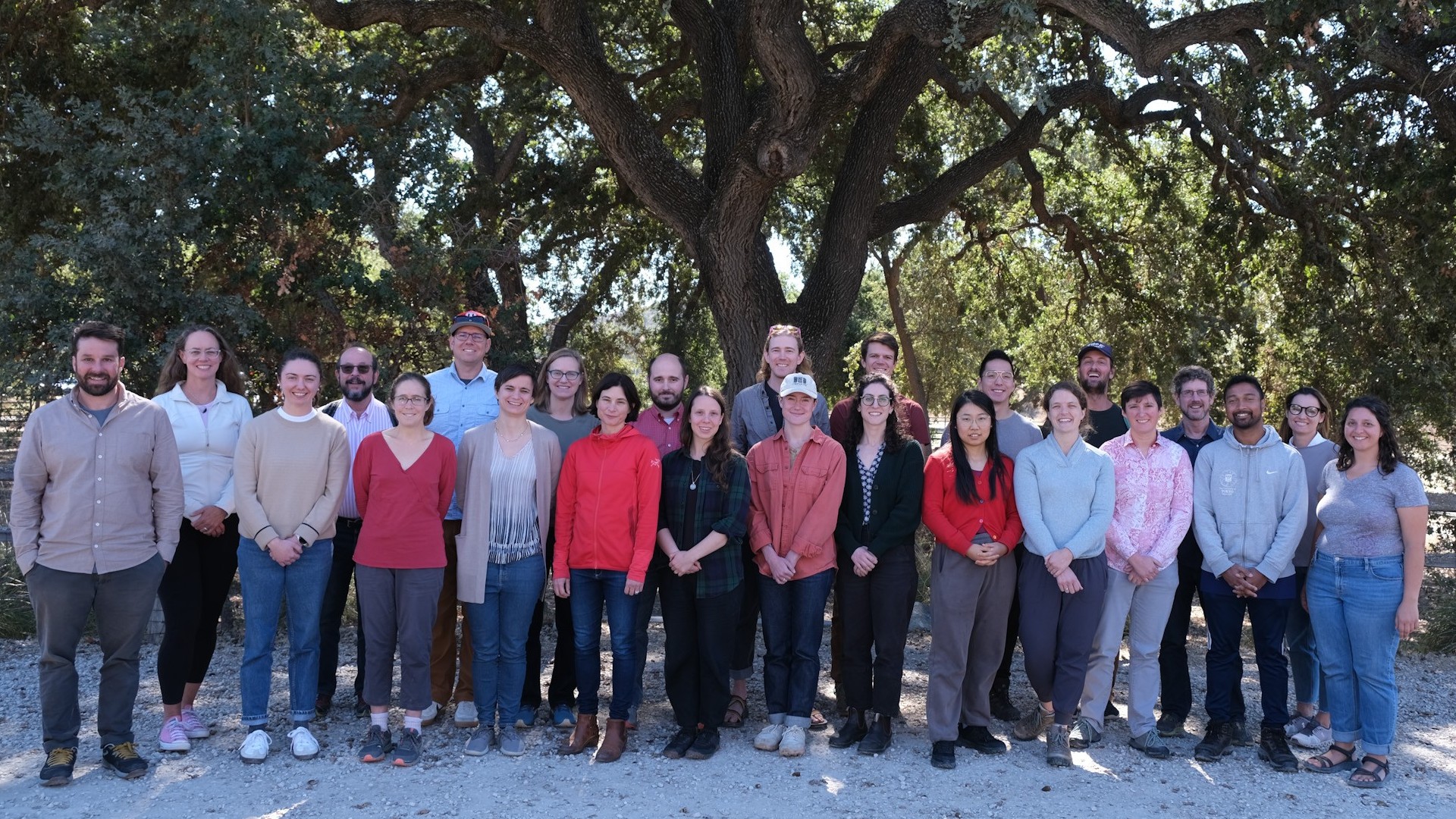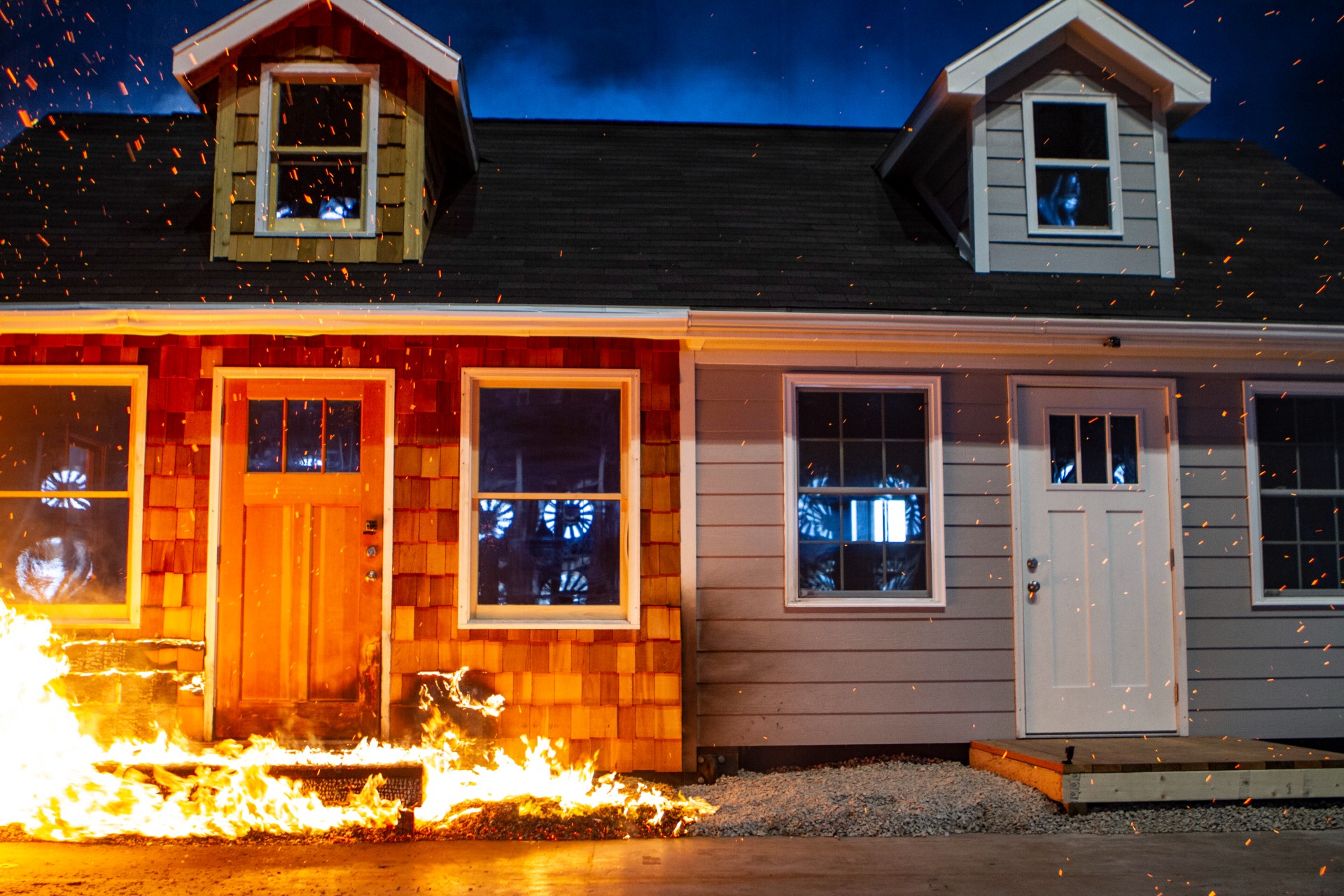Mainstream discussion and news coverage of wildfires in the United States is often fixated on the megafires that burn vast swathes of land, but research indicates that the most costly and damaging fires are defined by their speed and growth rate rather than area burnt.
A study published in Science by the Western Fire and Forest Resilience Collaborative found that from 2001-2020 “fast fires” were responsible almost 90% of fire-related damages in the United States despite making up less than 3% of fire events. Because fast fires are increasingly becoming the norm, the authors of the study note that we need to update risk models to take wildfire speed into account, and we also need to address gaps in emergency preparedness as this type of fire becomes more frequent with changing climate and expansion of human communities and development.
A “fast fire” is characterized by speed, as the main threat comes from quick-burning grassland vegetation and resulting embers that are blown far ahead of the flames, igniting new areas and spreading so rapidly that traditional suppression efforts struggle to contain them. Recent well-known examples include the Camp Fire (2018), the Marshall Fire (2021), the Lahaina Fire (2023), the Jasper Fire (2024), the Eaton Fire (2025) and the Palisades Fire (2025), which all resulted in thousands of destroyed homes, over a hundred deaths, and significant damages to ecosystems.
The Western Fire and Forest Resilience Collaborative is a research program comprised of scientists from universities and federal government, and led by the Cary Institute, designed to accelerate knowledge and understanding of wildfire resilience. The research team of the collaborative conducted the study of fast fires with support from the Moore Foundation’s Wildfire Resilience Initiative and other federal and state level agencies including the University of Colorado Boulder, the National Science Foundation, the Joint Fire Sciences Program and the U.S. Department of Agriculture. Using satellite data to analyze over 60,000 fires from 2001-2020, researchers found that over this study period the fast fires became 2.5 times faster in the Western United States and four times faster in California specifically.

[Image] Annual meeting of the Western Fire and Forest Resilience Collaborative members at UCSB Sedgwick Reserve in October 2024. Credit: Cary Institute
Fast fires have caused a disproportionate amount of damage relative to their frequency. According to the study, they made up only 2.7% of fire events but caused the majority of fire-related structure destruction, injuries and deaths over the two decades while also incurring billions in suppression costs. They are especially dangerous in grassland and shrubland environments, where the combination of where the combination of flammable vegetation, strong winds, and few obstacles (such as tall trees) to slow the wind or embers carried by the wind, make it easier for the fire to spread quickly and over longer distances. As urban expansion continues, more and more people are being put at risk.
"Scientific research, and particularly that which is produced in collaboration with the fire service community, is critical to achieving wildfire resilience - it can turn uncertainty into foresight, and help us design more effective responses, protect vulnerable communities and enhance the health of the fire-adapted ecosystems which we all rely on," said Marion Wittman, program officer at the Moore Foundation.
The sheer speed of the spread makes it difficult to contain and can cause traditional firefighting approaches to fail if community “mitigations that matter” have not been implemented in advance. Embers can surge ahead to reach homes before firefighters arrive on scene. Existing wildfire models have not incorporated fire speed in favor of other driving factors such as size and intensity, leading to a gap in wildfire spread assessment and relevant emergency response planning. Reworking or developing new models can paint a more accurate picture of how destructive a fire can be, in turn giving first responders and communities a better idea of how to prepare with improved vegetation management, fire-resistant homes and materials, and evacuation readiness.
There is a clear need for continuous, improved mitigation efforts both in and around at-risk communities. Mitigation implementation and fuel management practices such as controlled burns or mechanical treatments to limit and thin areas of flammable vegetation and to disrupt fire pathways into and within communities can foster conditions to slow wildfire spread. In towns, creating defensible space by reducing fuel around structures and home hardening by building or retrofitting with fire-resistant materials can make it easier for firefighters to contain fires, saving property and lives – including their own.

[Image] Ember test on residential home. Credit: Insurance Institute for Business and Home Safety
Though they comprise a small fraction of the wildfires in the United States, fast fires have proven to be the most destructive. As we continue to face drier and windier conditions that enable spreading, our risk models and mitigation efforts need to take lessons from the past two decades into account to help avoid further tragedies.
“This is big, urgent, and growing challenge,” said Genny Biggs, program director for the Wildfire Resilience Initiative. “We know extreme wildfire events are increasing not just in incidence and severity, but also in speed. Fire managers have seen this up close. Now this team of scientists have provided the evidence to back that up, harnessing earth observation data to capture fire behavior. These insights and data show us how important it will be to inject speed into wildfire risk models, improving the defense of our communities and ensuring that in the long run, we can co-exist with the fire our ecosystems need.”

Message sent
Thank you for sharing.